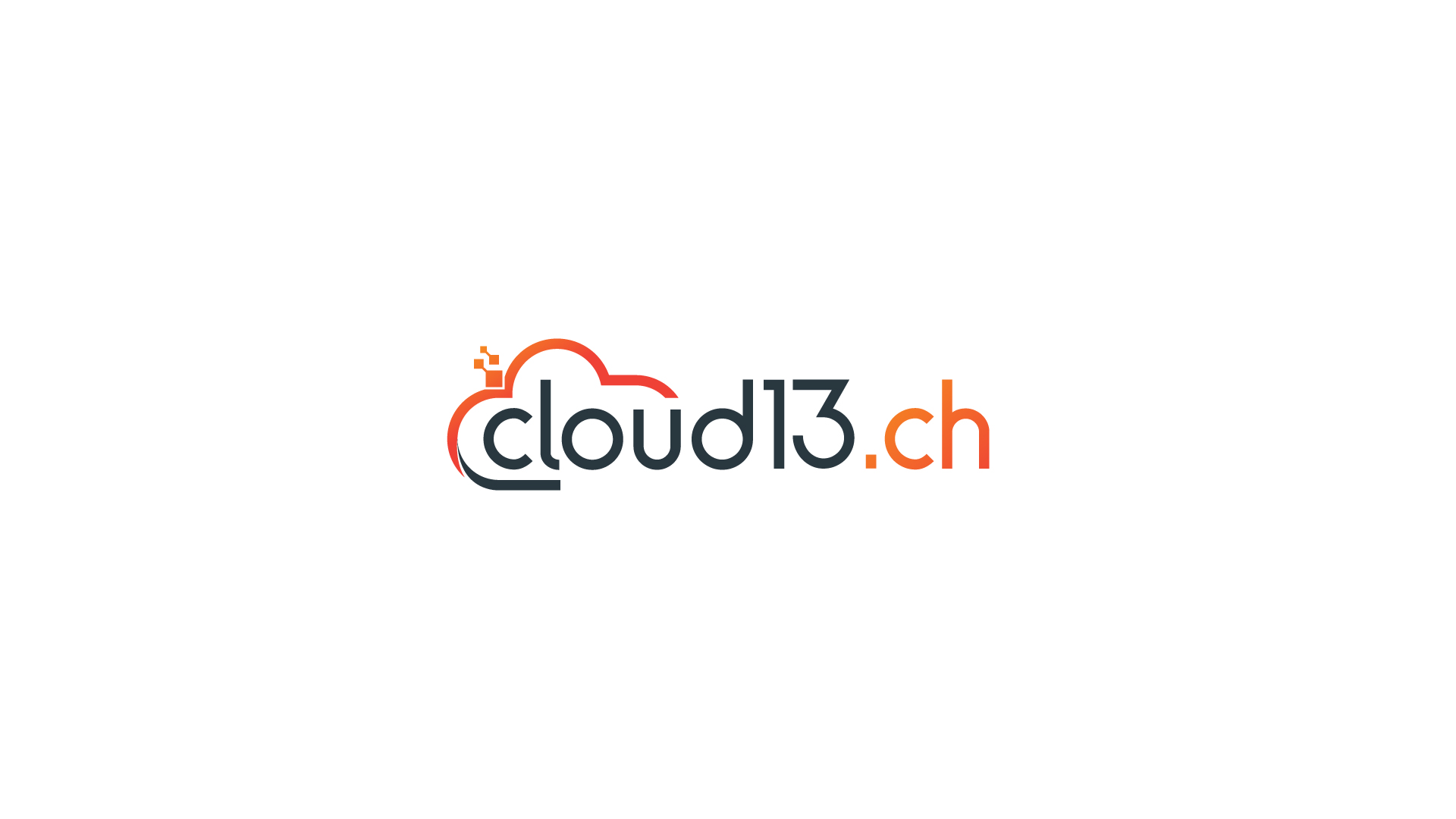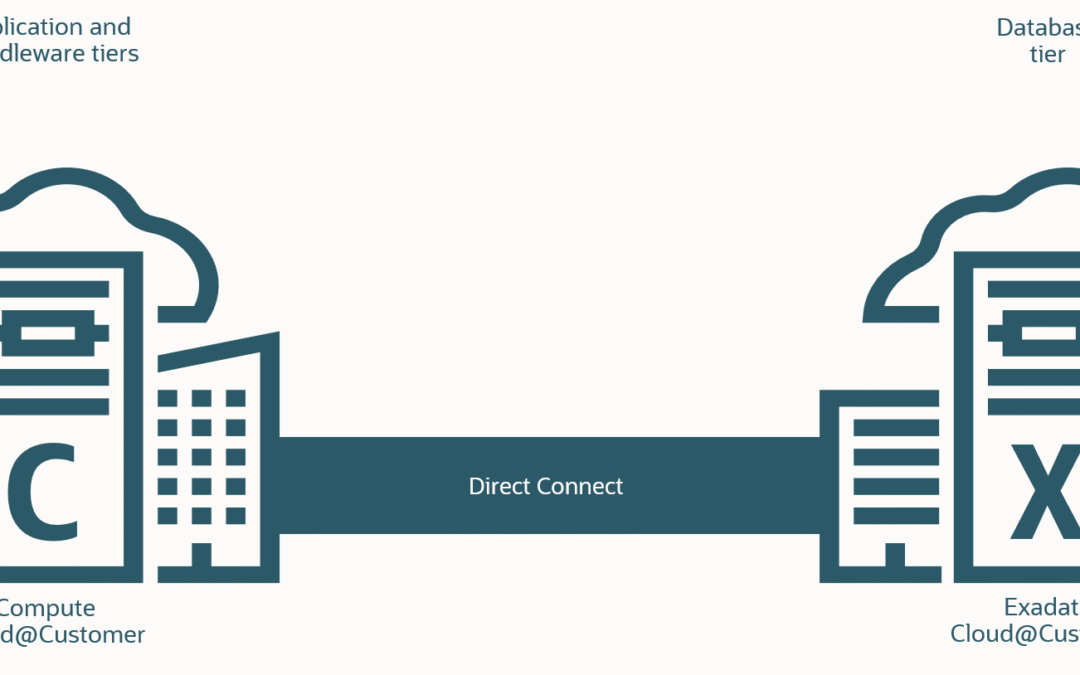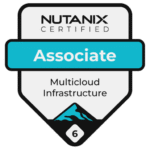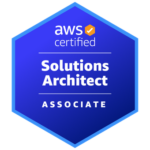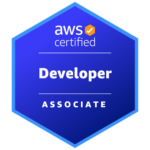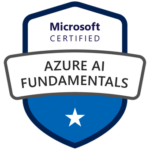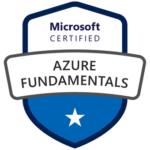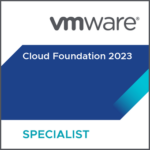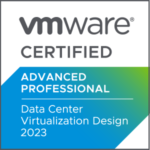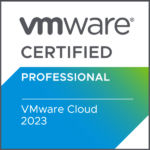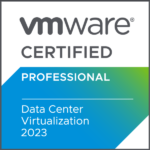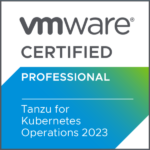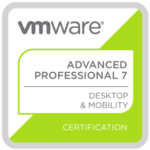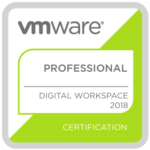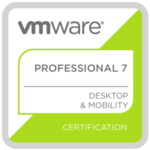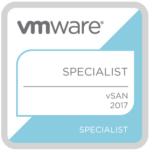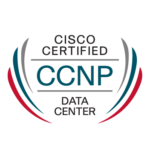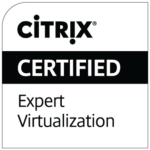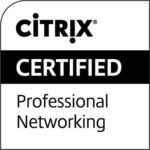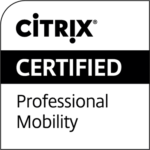When enterprises first adopted Oracle Exadata Cloud@Customer (ExaCC), the message was clear: you can bring the power of the world’s most advanced database platform into your own data center, fully managed by Oracle, but still under your control. It gave organizations the engineered system they were looking for. A system where all components are built to work together, coordinated and optimized as one. The difference was that this time, Oracle took care of the underlying infrastructure, so customers no longer had to manage the basics themselves.
For many organizations, ExaCC was the first step into a true cloud operating model without having to give up sovereignty, control, or the performance they had come to expect. But ExaCC is only one part of the story. When you add Oracle Compute Cloud@Customer (C3) into the mix, the value multiplies. Suddenly, enterprises gain the flexibility to modernize far beyond the database layer, and that combination is proving to be a game-changer.
From Database Engineered System to Cloud-Native Foundation
ExaCC was always about consolidation and optimization for Oracle Databases. Customers know it as a system that just works (designed, tuned, managed as a whole). With Compute Cloud@Customer, that same philosophy now extends to general-purpose workloads. It is not just another stack of compute and storage but a fully managed cloud service delivered in your data center, giving enterprises the same consistency and operational simplicity they know from OCI public regions.
The real surprise for many customers is what they can actually run on C3. It’s not just Linux VMs. You can spin up Windows VMs, move workloads seamlessly between OCI and C3, and deploy Kubernetes or OpenShift clusters with full support. For customers already invested in container platforms, this means adoption is straightforward. No retraining, no complex integration, just a continuation of their existing journey.
Integration Without the Overhead
A major concern for enterprises has always been integration costs. How do you connect database systems with compute environments? How do you manage networking and security across hybrid deployments? With ExaCC and C3, Oracle does the heavy lifting. C3 integrates directly with the ExaCC networking. Customers get a single environment where databases and applications are natively connected and it all comes managed and supported by Oracle.
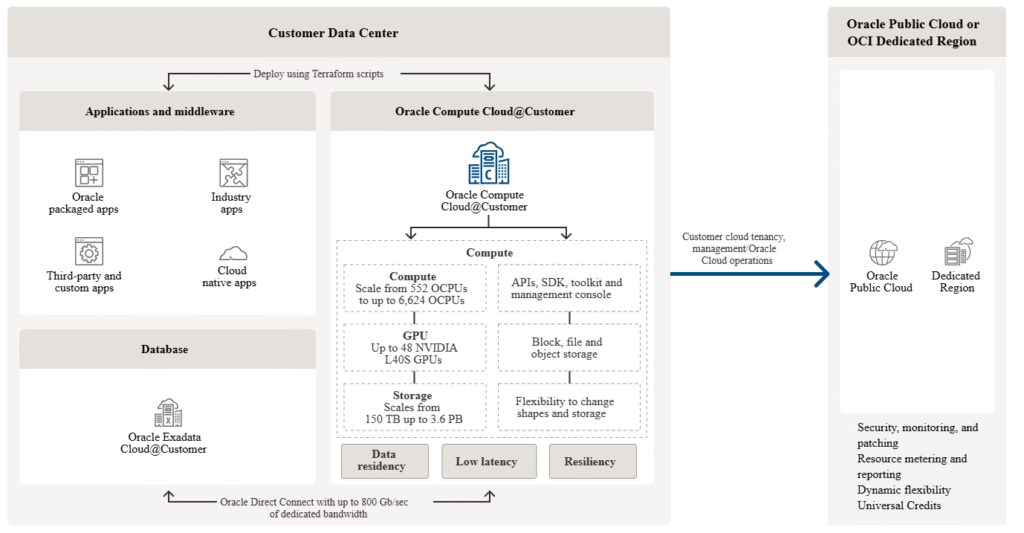
Flexibility in the Cloud Journey
One of the most underestimated advantages of C3 is the flexibility it brings to cloud adoption. Enterprises can move VMs from OCI public regions to C3, or the other way around, depending on regulatory requirements, performance needs, or cost considerations. This portability gives CIOs the confidence that they can adapt their strategy over time without locking themselves into specific models.
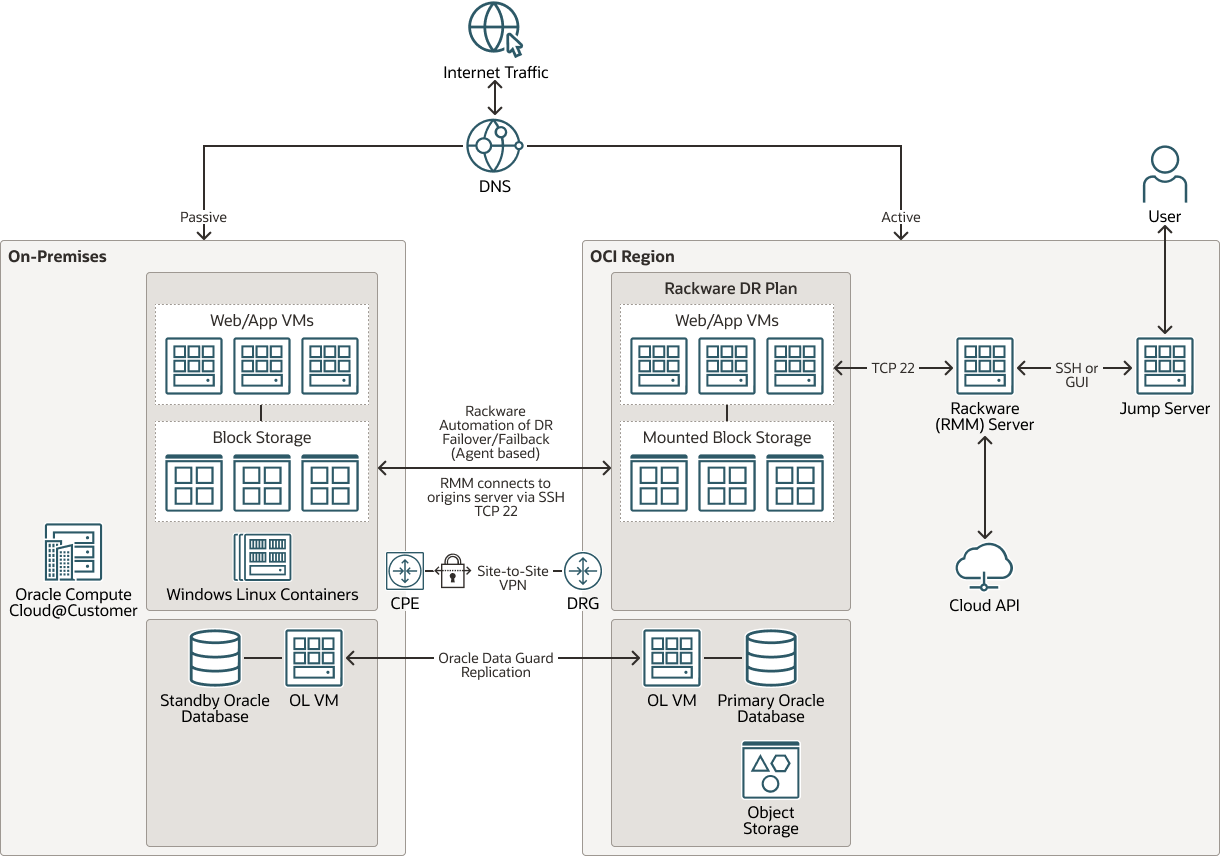
Oracle Operator Access Control
To further support enterprise-grade security and governance, Oracle Compute Cloud@Customer includes Oracle Operator Access Control (OpCtl), which is a sophisticated system designed to manage and audit privileged access to your on-premises infrastructure by Oracle personnel. Unlike traditional support models, where vendor access can be blurred or overly permissive, OpCtl gives customers explicit control over every support interaction.
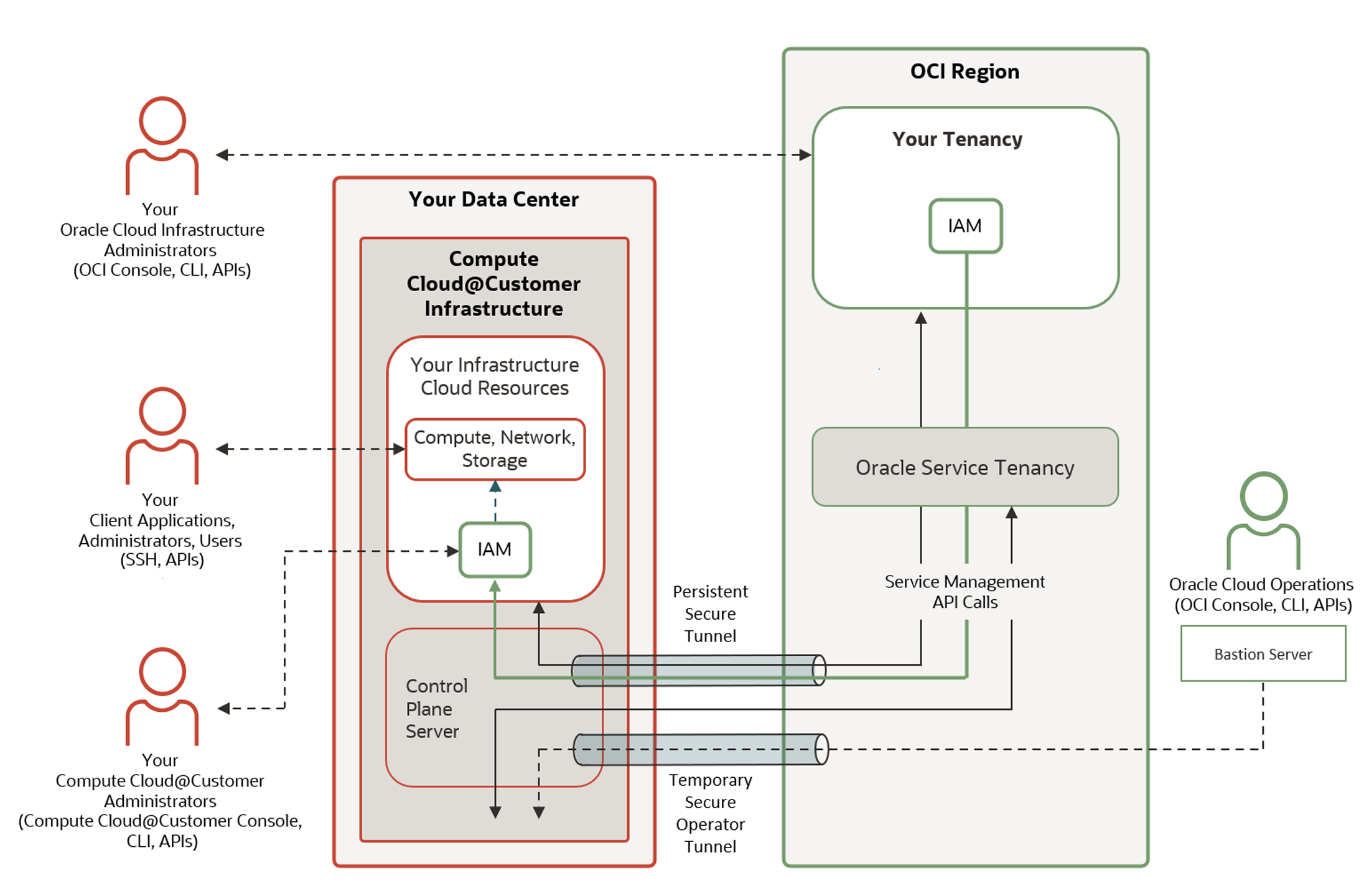
Before any Oracle operator can access the C3 environment for maintenance, updates, or troubleshooting, the customer must approve the request, define the time window, and scope the level of access permitted. All sessions are fully audited, with logs available to the customer for compliance and security reviews. This ensures that sensitive workloads and data remain under strict governance, aligning with zero-trust principles and regulatory requirements.
Platform-as-a-Service (PaaS) Offerings on C3
For organizations adopting microservices and containerized applications, Oracle Kubernetes Engine (OKE) on C3 provides a fully managed Kubernetes environment. Developers can deploy and manage Kubernetes clusters using the same cloud-native tooling and APIs as in OCI, while operators benefit from lifecycle automation, integrated logging, and metrics collection. OKE on C3 is ideal for hybrid deployments where containers may span on-prem and cloud environments.
Red Hat OpenShift Support
Many enterprises have built their journey around Red Hat OpenShift. With C3, that journey continues smoothly. As of March 2025, Oracle officially supports Red Hat OpenShift versions 4.18+ on Compute Cloud@Customer, ensuring enterprises can bring their standardized container platform into a fully managed, on-premises cloud environment.
This means existing OpenShift workflows, tooling, and operations can extend into the C3 environment with minimal friction. Enterprises benefit from continuity in developer experience, consistent pipelines, and governance models while gaining the integration, performance, and control of Cloud@Customer infrastructure.
Available GPU Options on Compute Cloud@Customer
As enterprises aim to run AI, machine learning, digital twins, and graphics-intensive applications on-premises, Oracle introduced GPU expansion for Compute Cloud@Customer. This enhancement brings NVIDIA L40S GPU power directly into your data center.
Each GPU expansion node in the C3 environment is equipped with four NVIDIA L40S GPUs, and up to six of these nodes can be added to a single rack. For larger deployments, a second expansion rack can be connected, enabling support for a total of 12 nodes and up to 48 GPUs within a C3 deployment.
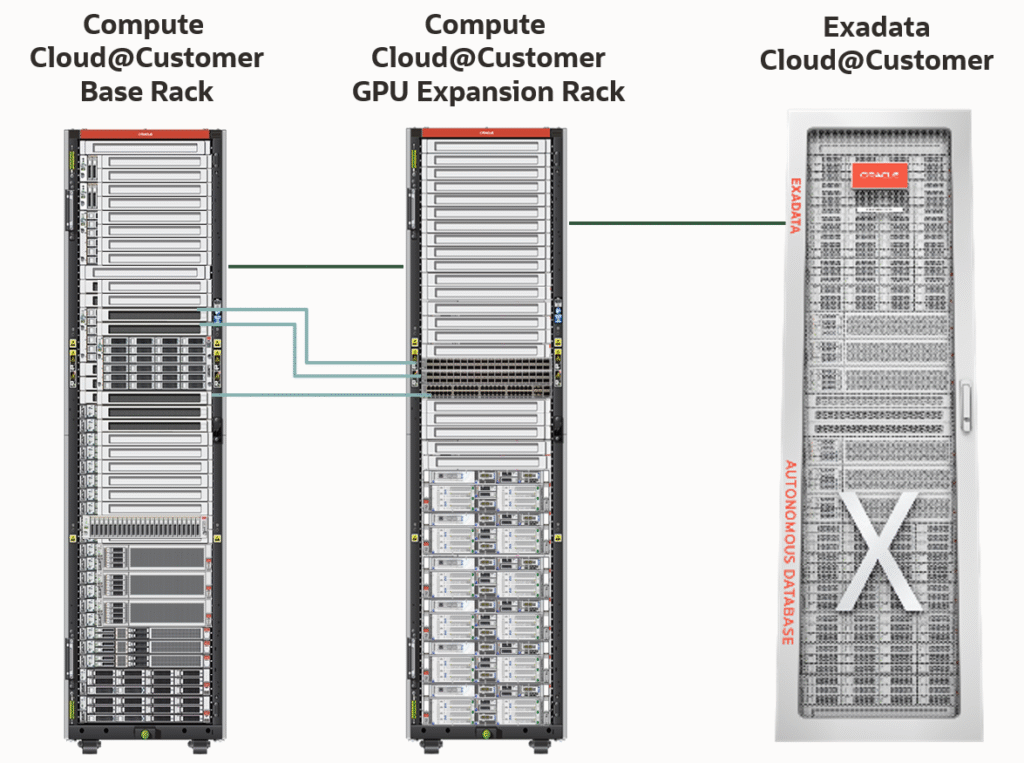
Oracle engineers deliver and install these GPU racks pre-configured, ensuring seamless integration with the base C3 system. These nodes connect to the existing compute and storage infrastructure over a high-speed spine-leaf network topology and are fully integrated with Oracle’s ZFS storage platform.
EU Sovereign Operations for Oracle Compute Cloud@Customer
In May 2025, Oracle announced the availability of Oracle EU Sovereign Operations for C3. This means, that C3 now also runs in the EU Sovereign Cloud, with the same pricing and the same service you know from commercial OCI regions.
Previously, operations and automation for Compute Cloud @ Customer were handled via global OCI control planes. With EU Sovereign Operations, that changes:
-
All automation and admin services now reside within Oracle’s EU Sovereign Cloud regions
-
Operations are managed by Oracle teams based in the EU, ensuring compliance
-
Hardware deployment and support is delivered by personnel authorized to work in the customer’s country
EU Sovereign Operations for Compute Cloud@Customer is offered with the control plane located in one of Oracle EU Sovereign Cloud regions, currently either Madrid, Spain or Frankfurt, Germany. This service is offered in European Union member countries and other select countries in Europe. The service delivers the same features, functions, value and service level objectives (SLOs) offered with Compute Cloud@Customer service with control planes from OCI Compute public regions.
Compute Cloud@Customer Isolated – For the Most Secure Environments
Not every organization can connect to a public cloud or even allow a managed service to reach out for updates. For government agencies, defense, critical infrastructure, and highly regulated industries, air-gapped environments are a strict requirement.
Oracle has addressed this with Compute Cloud@Customer Isolated (C3I), a new deployment model that delivers the same C3 capabilities but in a fully disconnected form. With C3I, there is no dependency on external connectivity. The control plane, updates, and management are all designed for isolated operation. This makes it possible to run cloud workloads in environments that demand the highest levels of security and sovereignty while retaining the same familiar OCI operational model.
Why This Combination Matters
On their own, ExaCC and C3 are strong offerings. Together, they create a foundation that combines the best of both worlds. The unmatched performance of Exadata for mission-critical databases and the agility of a modern compute platform for applications, containers, and VMs. With GPU support, OpenShift compatibility, and seamless networking, enterprises can consolidate workloads, accelerate AI initiatives, and modernize applications. All while maintaining the control and sovereignty they require.
The message for CIOs is simple. You no longer need to choose between performance, control, and flexibility. With Oracle Exadata Cloud@Customer and Compute Cloud@Customer, you can have all three in your data center, on your terms, and fully integrated by design.
